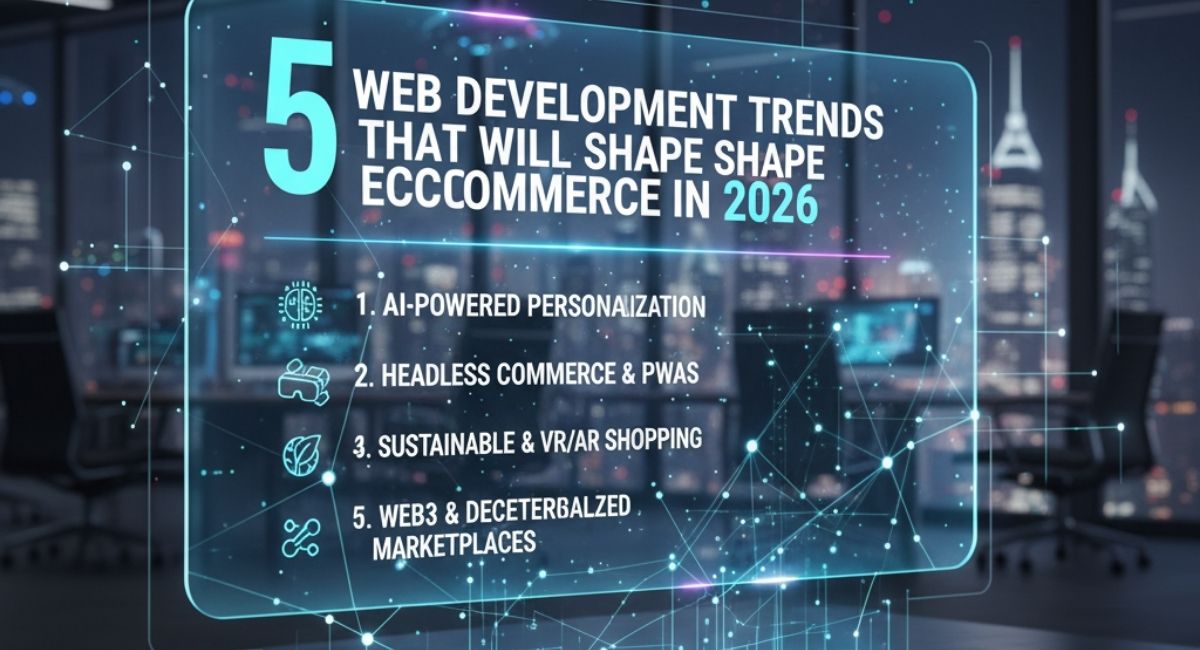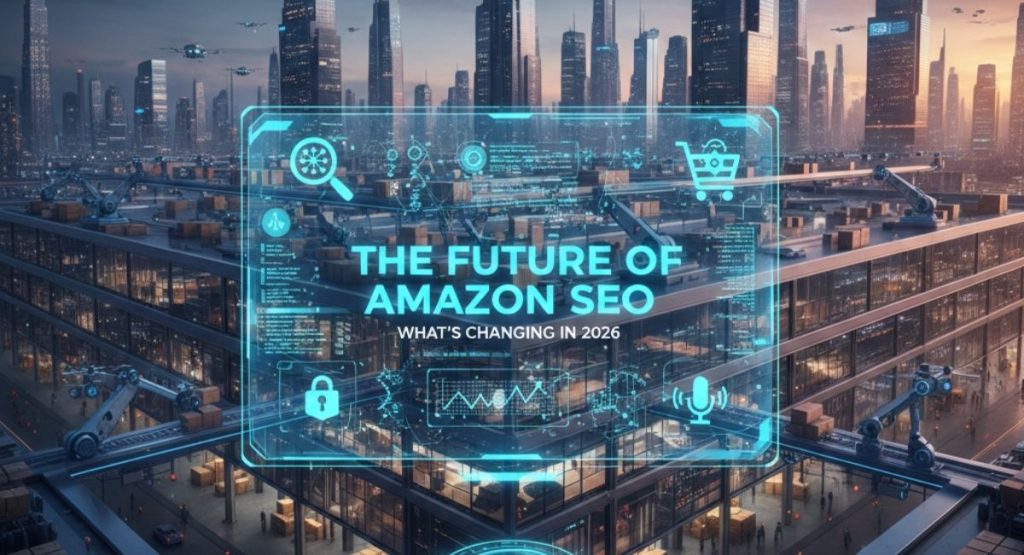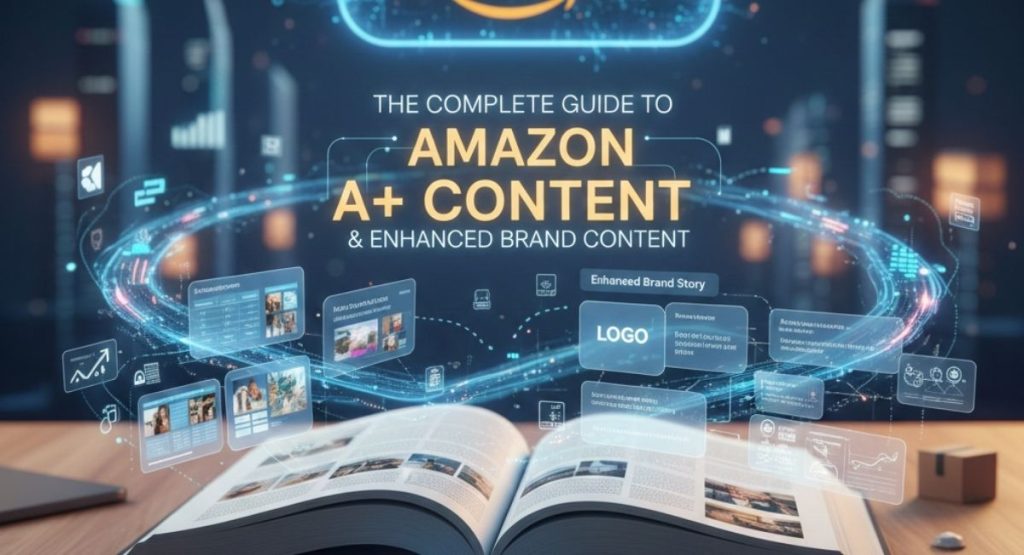The online marketplace continues to change faster than many businesses can adapt. In 2026, the direction of eCommerce will depend heavily on how brands implement the newest web development innovations. Consumers now expect fast, intuitive, and intelligent experiences that go beyond traditional design and checkout flows. For eCommerce brands aiming to grow sustainably, keeping up with emerging ecommerce web development trends is not optional—it’s a necessity.
This guide explores the five leading web development trends transforming eCommerce in 2026, with clear examples, best practices, and implementation tips. Whether you’re scaling your Shopify store or upgrading your digital infrastructure, these insights can help you build stronger, faster, and more connected online experiences. For expert help, you can also explore Maxim Blu’s ecommerce web development services, which focus on building modern, performance-driven websites tailored for high conversions.
The New Digital Commerce Landscape
Before diving into the trends, it’s important to understand what’s driving change. Consumer expectations are shifting because of several forces: AI personalization, faster connectivity (5G), sustainability demands, and the blending of physical and digital retail. Businesses that combine these insights with smart web development can deliver experiences that feel personal and purposeful.
| Factor | Influence on eCommerce | Expected Impact by 2026 |
| Artificial Intelligence | Personalized recommendations, AI chatbots, predictive analytics | 40% increase in engagement |
| 5G Connectivity | Faster mobile experiences, real-time AR/VR shopping | 30% faster site load times |
| Headless Architecture | Flexibility in front-end and back-end integration | Broader omnichannel experiences |
| Sustainable Development | Energy-efficient hosting, carbon-neutral operations | Brand loyalty and eco-conscious branding |
| Data Privacy | Stricter compliance and transparency | Higher consumer trust |
1. Progressive Web Apps (PWA) in eCommerce
Progressive Web Apps (PWAs) are reshaping the way users interact with eCommerce websites. Unlike native mobile apps, PWAs combine the best of web and mobile technologies, allowing users to browse offline, receive push notifications, and enjoy app-like navigation—all within their browsers.
A progressive web app ecommerce platform delivers speed, reliability, and consistency. It minimizes bounce rates and enhances mobile conversions. Many leading retailers like Starbucks and Alibaba have already transitioned to PWAs, experiencing noticeable increases in engagement.
Benefits of PWAs for eCommerce in 2026:
- Faster load times, even on unstable networks
- Installation-free “app-like” experiences
- Offline browsing and re-engagement notifications
- Simplified updates compared to traditional mobile apps
| Metric | Traditional Mobile Site | Progressive Web App |
| Load Time | 5–7 seconds | Under 2 seconds |
| Conversion Rate | 1.5–2% | 4–5% |
| Repeat Visits | 30% | 65% |
Implementation Tip: When integrating PWA functionality, prioritize service workers, responsive caching, and push API integration. If you’re unsure where to start, the custom web development services at Maxim Blu specialize in creating responsive, future-ready eCommerce systems that can evolve alongside new technologies.
2. Headless Commerce and API-Driven Architecture
In 2026, flexibility will define the winners in eCommerce. Traditional monolithic platforms that combine front-end and back-end logic in one structure often limit innovation. Headless commerce, on the other hand, separates the two layers using APIs. This makes it possible to deliver consistent content and product data across multiple channels—websites, mobile apps, smartwatches, and even AR displays.
Why Headless Commerce Matters:
- Faster time-to-market: Developers can work on the front-end and back-end independently.
- Omnichannel delivery: A single product catalog can power multiple storefronts.
- Better personalization: APIs allow for custom integrations with AI-driven recommendation engines.
- Scalability: The structure easily accommodates new digital touchpoints.
For instance, an online retailer might use a React-based front-end with Shopify’s API on the back-end. This approach lets the brand deliver a highly customized shopping experience while keeping the management side simple. Many businesses upgrading from traditional setups explore Shopify web development for this purpose, ensuring better scalability and control over both the visual and functional aspects of their stores.
3. Mobile-First and Micro-Interaction Design
Mobile-first design has been essential for years, but in 2026, it’s about micro-interactions—the subtle animations and responses that make a site feel interactive and human. Every scroll, tap, and hover is an opportunity to make the user experience more enjoyable.
A mobile-first approach doesn’t mean shrinking a desktop site to fit a smaller screen. It means designing for mobile from the beginning, ensuring clarity, simplicity, and engagement.
Key Mobile-First Principles:
- Prioritize touch-friendly buttons and intuitive navigation
- Use adaptive images and compressed videos
- Ensure key CTAs appear within the first screen
- Reduce content clutter for faster browsing
| Mobile Design Feature | Impact on Engagement |
| Sticky “Add to Cart” button | +22% conversions |
| One-click checkout | -35% cart abandonment |
| Visual feedback animations | +18% user satisfaction |
Pro Insight: Websites that combine mobile-first interfaces with responsive frameworks see stronger SEO performance. Our web development services emphasize accessibility, mobile responsiveness, and intuitive interaction design to help businesses meet these evolving user expectations.
4. AI-Driven Personalization and Automation
Artificial intelligence is the foundation of modern web development, but by 2026, its role in AI-driven eCommerce will expand beyond product recommendations. From intelligent search engines to dynamic content optimization, AI can now predict what users want before they search for it.
AI in web dev helps automate content generation, improve page speed, and streamline customer support through natural language chatbots. For example, machine learning algorithms can adjust website layouts based on user behavior patterns, ensuring visitors always see the most relevant offers.
Applications of AI in eCommerce Web Development:
- Smart product tagging and automated categorization
- Predictive recommendations based on user activity
- AI-powered chatbots that handle real-time customer service
- Dynamic content adaptation for each visitor
| AI Integration | Function | Example |
| Chatbots | 24/7 Support | Automated FAQ and live chat |
| Visual Search | Image Recognition | “Shop by photo” features |
| Dynamic Pricing | Real-Time Adjustments | Personalized discounts |
| AI SEO Tools | Content Optimization | Keyword refinement and meta tag updates |
To implement AI-driven personalization safely, ethical oversight is essential. Maxim Blu’s article on AI SEO ethics and human oversight discusses how to combine automation with transparent, human-guided strategy to maintain user trust while achieving efficiency.
5. Sustainable and Secure Web Development
Sustainability has become a key part of digital transformation strategies. Consumers increasingly prefer brands that practice eco-friendly digital operations, from green hosting to efficient coding. In 2026, businesses that focus on sustainable web development will stand out not just for their products but for their principles.
Sustainability in eCommerce Development:
- Use energy-efficient hosting providers
- Optimize site performance to reduce power consumption
- Avoid excessive animations and scripts that increase resource usage
- Adopt lightweight frameworks for faster performance
In addition, web security remains central to consumer confidence. As cyber threats grow more sophisticated, implementing multi-layer security protocols—SSL encryption, firewall protection, and security audits—is essential for protecting customer data.
For eCommerce brands managing large traffic and transactions, periodic website security audits help detect vulnerabilities early and ensure compliance with global data protection standards.
Building for the Future: Integrating the Trends
Implementing these five trends together creates a unified and future-ready eCommerce platform. Here’s how they align in practice:
| Trend | Primary Benefit | Implementation Priority |
| PWA | Improved mobile experience | High |
| Headless Commerce | Scalability and flexibility | Very High |
| Mobile-First Design | User engagement and accessibility | High |
| AI-Driven Personalization | Data-based decision-making | Very High |
| Sustainable Development | Brand reputation and compliance | Medium |
When combined, these elements result in an ecosystem that’s faster, smarter, and more user-centric. They also contribute to stronger SEO performance, reduced bounce rates, and higher lifetime customer value.
If you want to explore how to combine these approaches strategically, AI SEO solutions can help optimize your site’s visibility while maintaining top-tier user experience.
Frequently Asked Questions (FAQs)
1. What is the biggest web development trend for eCommerce in 2026?
The rise of headless commerce combined with AI-driven personalization will lead the way. Businesses will increasingly rely on API-based structures and machine learning to create adaptive online stores.
2. How do Progressive Web Apps improve eCommerce performance?
PWAs reduce loading times, work offline, and deliver app-like functionality directly through a browser, improving both engagement and conversion rates.
3. Is mobile-first still relevant for eCommerce websites?
Yes, mobile-first is more important than ever. With mobile commerce projected to represent over 70% of online sales in 2026, responsive and interactive mobile design is essential.
4. How can small businesses use AI in their eCommerce strategy?
AI tools can handle chatbots, recommendation systems, and SEO automation without large budgets. Even startups can use AI to personalize shopping journeys and streamline operations.
5. What makes sustainable web development important?
It reduces carbon footprints, optimizes energy use, and aligns with growing consumer demand for responsible business practices—all while improving performance.
Final Thoughts: Building Smarter eCommerce in 2026 and Beyond
As 2026 approaches, eCommerce brands that focus on innovation, flexibility, and data intelligence will lead their industries. Whether you’re optimizing your store for mobile shoppers or building a new PWA platform, aligning with these trends ensures a future-ready digital presence.
Partnering with a team that understands technology’s evolving role can make all the difference. Explore our ecommerce web development services to create an online store that performs efficiently, scales with demand, and aligns with the expectations of tomorrow’s digital consumers.





